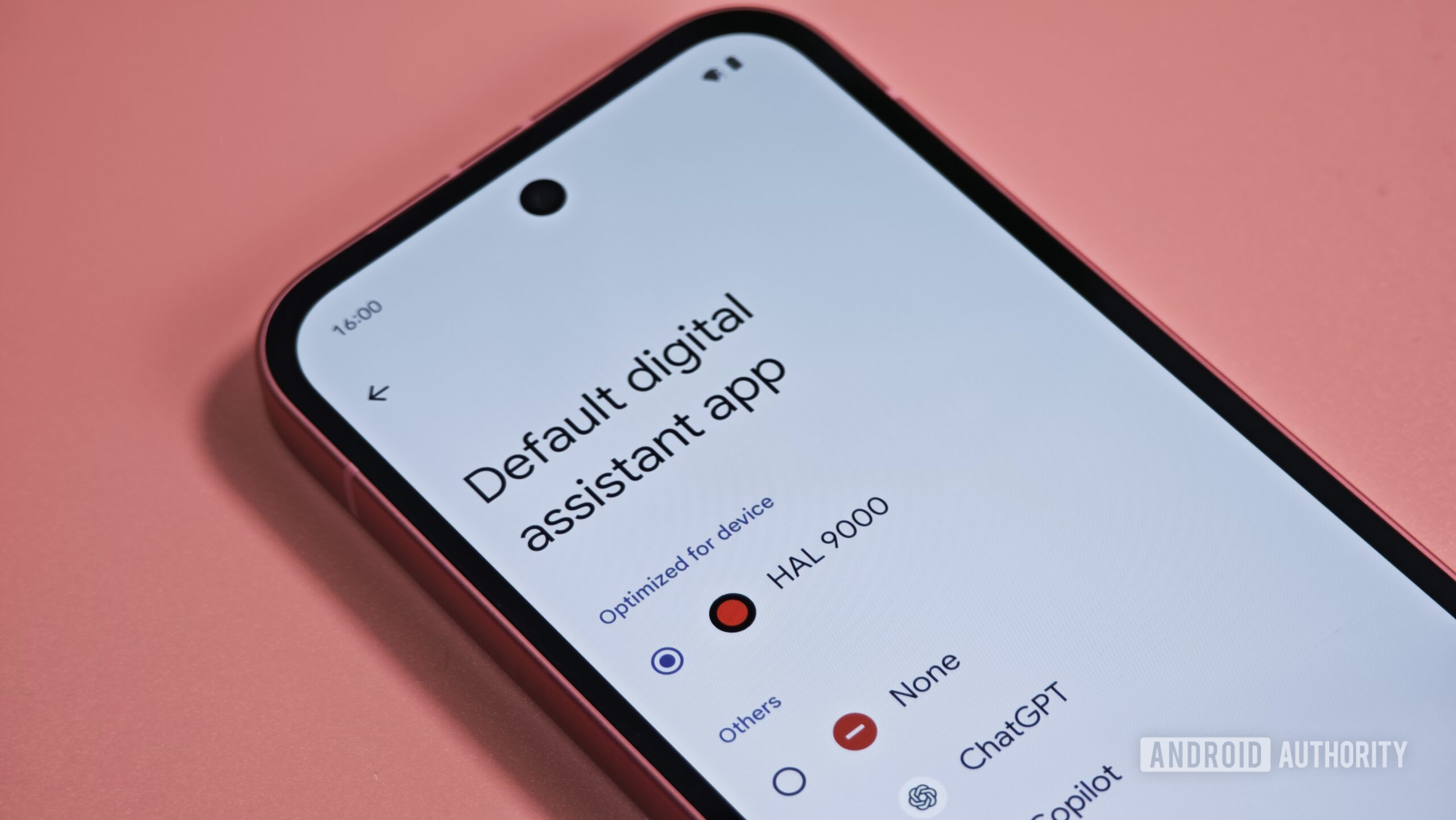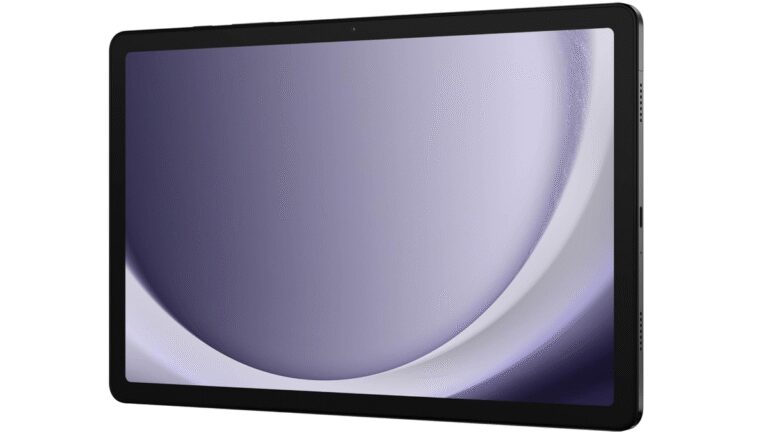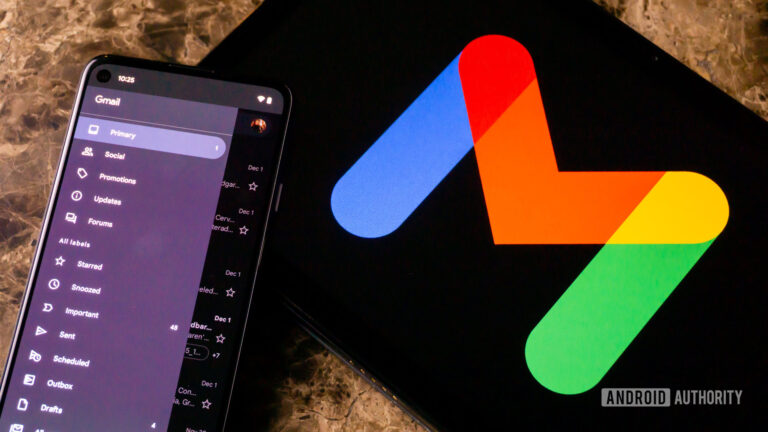Android may soon recommend you use an ‘optimized’ voice assistant — here’s what that really means

Mishaal Rahman / Android Authority
TL;DR
- OEMs can now highlight specific digital assistants as “optimized” for their Android devices in the default app settings.
- Google says it created the feature at an OEM’s request so OEMs can recommend assistants verified to work with their first-party applications.
- While Google says it won’t do this on its own Pixel phones, the feature comes as the company is facing growing regulatory pressure.
For many years, Google Assistant was widely seen as the best personal assistant app for Android. While Bixby and Alexa were better suited for users heavily invested in the Samsung and Amazon ecosystems, Google Assistant was generally the better performer for most tasks on Android. In the era of LLM chatbots, however, the Android voice assistant space is more competitive than ever. With so many capable assistants to choose from, it can be tough for users to find the right one. To help with this decision, Android OEMs can now choose to highlight which assistants are “optimized” for their devices — a feature that notably comes as Google faces mounting regulatory pressure over its deals that make its own services the default on Android.
You’re reading an Authority Insights story. Discover Authority Insights for more exclusive reports, app teardowns, leaks, and in-depth tech coverage you won’t find anywhere else.
Why OEMs want to highlight certain voice assistants, and how they’ll do so
For a long time, Android has let you change the default voice assistant — the service that launches when you hold the power button or swipe up from the corner. You can do this on most devices by going to the “default digital assistant app” page under Settings > Apps > Default apps. The operating system doesn’t favor any particular service, listing all eligible voice assistants alphabetically. As a result, not even Google’s own assistant is placed at the top of the list.

Mishaal Rahman / Android Authority
The current ‘default digital assistant app’ page in Android
A few months back, though, I was digging through the then-latest beta of Android 16 when I found evidence of a new “recommended assistants” feature. The feature allows OEMs to define a list of voice assistants that will appear in a separate “Optimized for device” category at the top of the “default digital assistant app” page. All other installed voice assistants are then displayed below in an “Others” category on the same page.
Because no description accompanies the “Optimized for device” header, and the feature’s source code doesn’t explain its purpose either, I wasn’t sure what made a voice assistant “optimized” for a particular device. Furthermore, the feature isn’t active on any Android 16 devices we checked, leaving us without any real-world examples of what OEMs might consider an “optimized” assistant.
However, given the broader context, we thought that maybe Google or one of its OEM partners wanted to label their own voice assistant as “optimized.” This would subtly discourage users from picking other options, as promoting an assistant as “optimized” for a device implies that all others are sub-optimal, which isn’t necessarily true.
To find out if Google planned to recommend its own Gemini assistant this way, we reached out to the company with our findings. A Google spokesperson told us that it created the feature at the request of an OEM partner. Apparently, an OEM wanted the ability to highlight digital assistants it had verified to work with its first-party apps. OEMs would need Google’s help to develop this feature because the underlying component, Permission Controller, is a Project Mainline module that Google controls.
Here’s the full statement shared by a Google spokesperson in response to our inquiry:
“This optional UI allows OEMs to provide a list of assistants that have been verified to work with their applications and is controlled and configured by the OEM, including what assistants they choose to recommend, the total number of recommended assistants and whether they want to use it at all.” – Google spokesperson
The spokesperson also shared a mockup of the “default digital assistant app” page that shows what it could look like if the “recommended assistants” feature is not only enabled but customized by the OEM. You can see this mockup in the image on the left below. On the right is my own screenshot of the page with the default text; to take this screenshot, I created a fake voice assistant app and manually elevated it as the “recommended” service with a bit of tinkering.
Google’s explanation, and the image it shared, aligns with other recent developments in Android. In my review of Android 16, I noted that several OEMs are using the new App Functions API to integrate Gemini with their own calendar, clock, and notes apps. Because of these new integrations, one or more of these OEMs — such as Xiaomi — could use the “recommended assistants” feature to label Gemini as “optimized,” signaling to users that it works best with the phone’s native applications.

Mishaal Rahman / Android Authority
Gemini Apps for the Xiaomi Calendar and Xiaomi Notes apps made possible by the App Functions API
Will Google be recommending its Gemini assistant on its own Pixel devices?
While Google developed this feature based on OEM feedback, nothing precludes the company from leveraging it for its own devices. However, our Google spokesperson told us the company doesn’t plan to deploy the feature on its own Pixel phones. We don’t know where else this UI will show up, but we can safely say it won’t make an appearance on Pixel devices at the very least.
We’re glad Google isn’t forcing Gemini to be labeled as the “optimized” assistant on all Android devices, let alone its own Pixel phones. Though it’s well within the company’s power to do so, we feel that would be an incredibly shortsighted decision. Google is already under intense scrutiny for its default assistant deals, and pushing Gemini over competitors like Perplexity would have only added fuel to the fire. While forcing such a change would surely be tempting — especially as companies like Motorola and Samsung ink deals to preload Perplexity — it would only exacerbate Google’s legal troubles. Leaving the decision in the hands of OEMs is a wise move.






